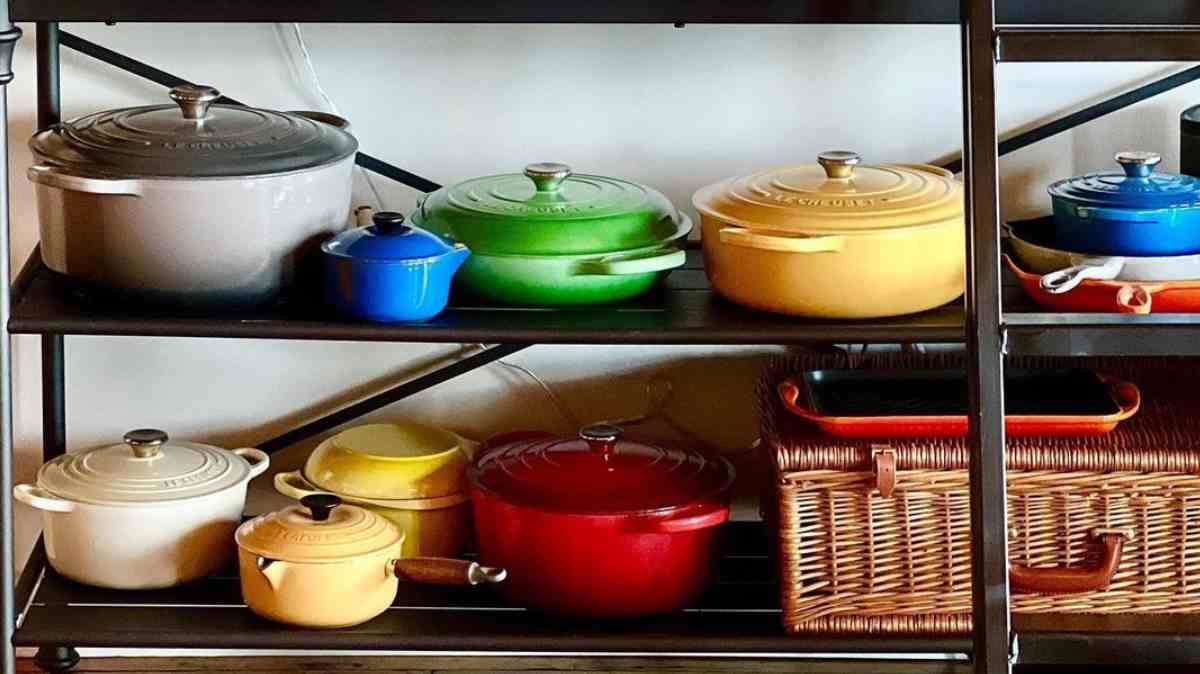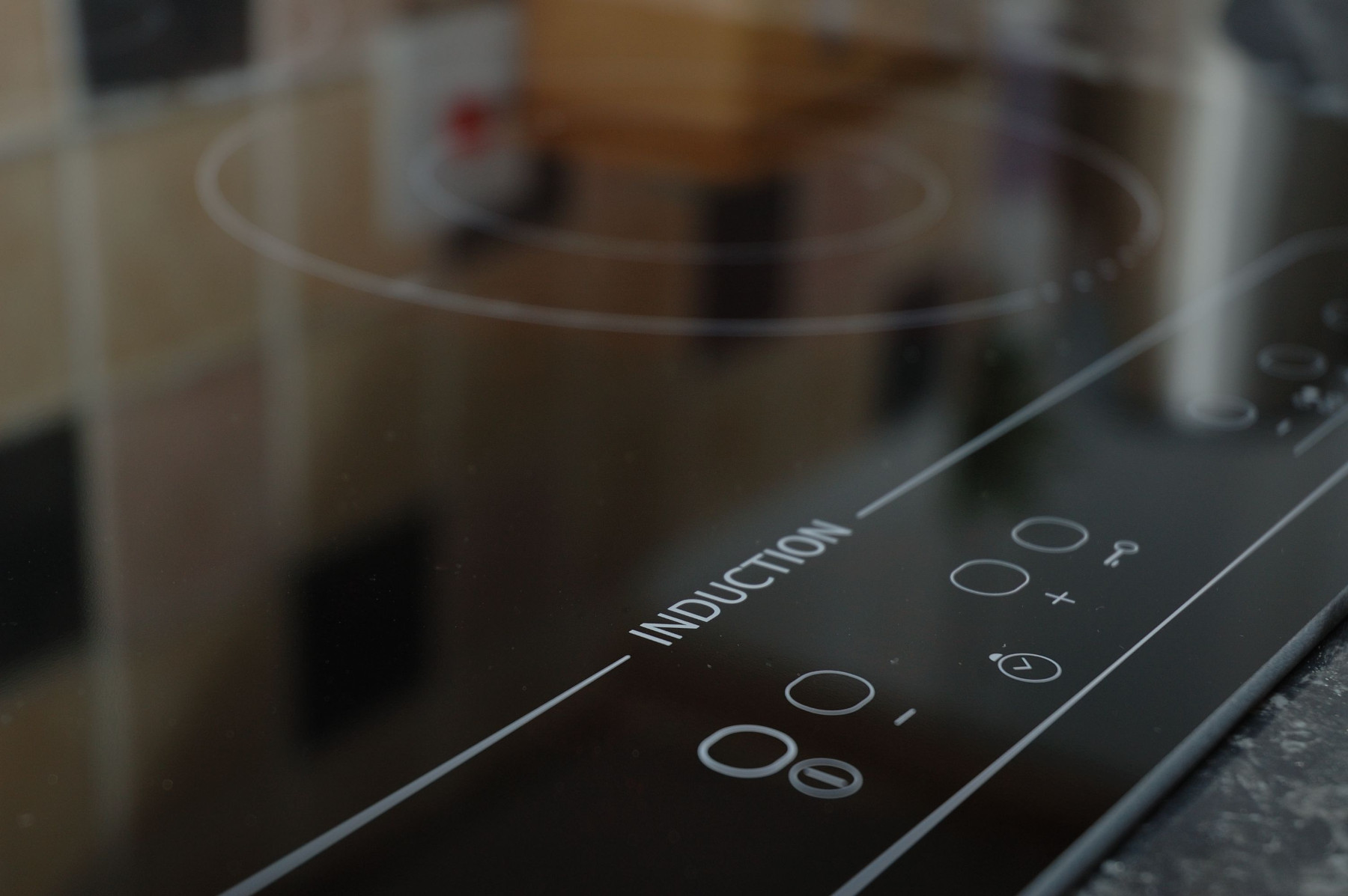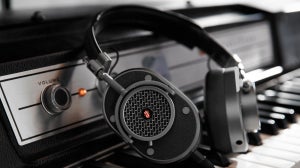It might not be so new these days, but induction cooking still seems to intimidate a lot of home cooks. Despite their sleek design and the plethora of induction cooktop benefits, we are still hesitant about investing in induction hobs thanks to a confusion over how they work, which pans we can use, and what are the benefits of induction cooking.
Here, we explain just what exactly induction cooking is, which pans are suitable, and why you should consider investing in induction. But don’t worry—we won’t get too technical!
#1 What is induction?
Simply put, induction cook tops use magnetic fields to generate heat.
In an induction cooker, a coil of copper wire sits underneath the cooking top and an alternating electric current is passed through it to create electromagnetic energy. This creates heat in the iron-based core of your cookware, allowing you to cook without the dangers of a naked flame using an energy-efficient and evenly transferred heat.
#2 How do induction hob pans work?
The copper coil magnet in an induction cooker combines with the iron in your pan to create an electromagnetic field which in turn produces energy and heat. Since the iron content in the pan is spread throughout its core, induction hob pans generally heat up more quickly and evenly compared to classic gas cookers.

#3 What are the benefits of induction cooking?
- Energy Efficiency: Induction is 90% efficient with its power use, a significant improvement on traditional electric cookers (55% efficiency) and gas cookers (50% efficiency) (Source: http://www.bestinductioncooktopguide.com/). The most obvious benefit of induction’s energy efficiency is reduced consumption, meaning lower utility bills and a healthier environment. Greater efficiency also means improved comfort while you cook, since your kitchen won’t heat up as much as with gas cookers and you won’t sweat as much.
- Safety: Induction hob cooktops do not get hot and do not use a naked flame, making induction one of the safest cooking methods available. Since the hob needs to have a pan on it to heat up, there’s a significantly reduced risk of fire and no chance of an unlit hob pumping gas into your kitchen. Induction cookers also switch off automatically if pans are removed, helping to save energy and cool the surface top down immediately.
- Faster Heating & Cooking: Due to their energy efficiency, induction hobs are typically around 25-50% faster than other methods. This means you can cook your food more speedily, saving you time in the kitchen.
- Easy Cleaning: As the hob surface doesn’t actually heat up during cooking, this prevents any food or liquid spillage from burning to the surface and causing tough cleaning jobs on your hob. Instead, any spillage will simply cool down ready to be easily wiped away once you've finished cooking.
- Control: Induction hobs allow you to turn the heat up or down with as much speed and control as a gas cooker—unlike a traditional electric cooktop—without the danger of large naked flames. Unlike a gas cooker though, an induction hob will only heat up the pan and won’t turn your kitchen into a furnace, providing a more comfortable cooking experience.
- Extra Features: Many induction hobs include modern additional features such as touch control, heat boosts, flexible cooking zones (allowing you to cook with pans of any size, positioned anywhere within a cooking zone), timers and child safety locks.
#4 What types of pans or saucepans are suitable for induction hobs?
Pans suitable for induction cooking require a magnetisable metal such as cast iron or steel at its core. The iron or steel core combines with the cooker’s copper coil to create the magnetic field necessary to heat the pan. Pure aluminium or copper pans will not work with induction cookers unless the base is bonded with a magnetic metal.
#5 How can I check if my pan is suitable for induction hobs?
Quite simply hold a magnet to the base. If the magnet sticks, your pan is good to go. Otherwise you can check the base for the coil symbol (below) which indicates if your cookware is suitable for induction cooking.
https://www.youtube.com/watch?v=QPd963cCeec

A Buyer’s Guide to Le Creuset
A worldwide essential in every modern kitchen, we’ve teamed up with The Hut’s expert buying team to offer an essential guide to Le Creuset whether you’re a first time buyer or Le Creuset connoisseur.








